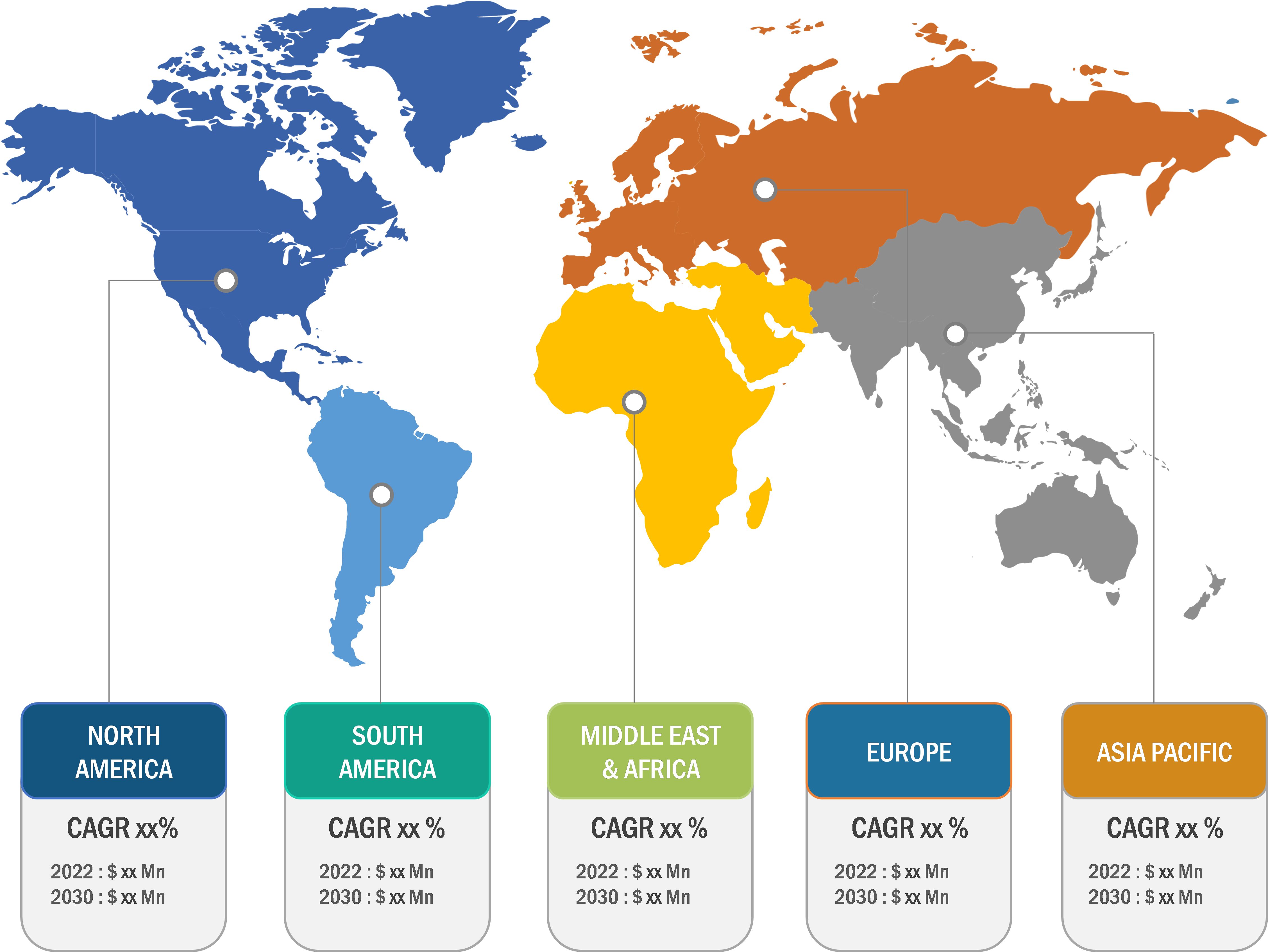
mRNA Sequencing Market
Market Driver
Increase in Demand for mRNA Sequencing Drives Market Growth
mRNA sequencing (or mRNA-Seq) has quickly emerged as the preferred technique for examining the transcriptomes of various disease states, biological processes, and research designs. Besides being an extremely sensitive and precise method for measuring gene expression, mRNA-Seq can detect transcript isoforms, gene fusions, and other characteristics, excluding allele-specific expression. Furthermore, strand information obtained from mRNA-Seq can be used to detect antisense expression, quantify overlapping transcripts more precisely, and increase the proportion of alignable reads. When studying the transcriptome, mRNA-Seq has several advantages over gene expression arrays. Thus, the increasing importance of mRNA sequencing for various applications is driving the demand for mRNA sequencing.

Market Trend
Exploring mRNA Sequencing Applications in Various Fields
Moreover, mRNA vaccines show great promise as a fast-developing, safe, and inexpensive alternative to traditional vaccination methods due to their high potency and possibility for safe administration. Numerous mRNA vaccination platforms against cancer and infectious diseases have shown promising outcomes in both animal models and humans. Thus, emerging applications will bring new mRNA sequencing market trends in the coming years.
Market Opportunity
Innovative Product Launches Through Strategic Developments by Key Manufacturers
Organic developments, such as product launches by the manufacturers, will likely bolster the mRNA sequencing market size in the coming years. In November 2023, the revolutionary LUTHOR High-Definition Single Cell 3′ mRNA-Seq Kit was introduced by Lexogen, a trailblazer in the fields of transcriptomics and genomics. This ground-breaking invention raises the bar for single-cell RNA sequencing. The aforementioned factors are responsible for influential mRNA sequencing market growth in the coming years.
mRNA Sequencing Market: Geographic Overview
The scope of the mRNA sequencing market report entails North America (the US, Canada, and Mexico), Europe (Spain, the UK, Germany, France, Italy, and the Rest of Europe), Asia Pacific (South Korea, China, India, Japan, Australia, and the Rest of Asia Pacific), Middle East & Africa (South Africa, Saudi Arabia, the UAE, and the Rest of Middle East & Africa), and South & Central America (Brazil, Argentina, and the Rest of South & Central America). In terms of revenue, North America dominated the mRNA sequencing market share in 2022. Increasing focus on developing new therapeutics based on mRNA technology will likely drive market growth in the region. For instance, in March 2022, a Phase 1 clinical trial was initiated by the National Institute of Allergy and Infectious Diseases (NIAID), a division of the National Institutes of Health, to assess three experimental HIV vaccines that rely on the messenger RNA (mRNA) platform. This technology has been employed in multiple COVID-19 vaccines that have been authorized. The experiment, known as HVTN 302, is being carried out by the HIV Vaccine Trials Network (HVTN), which is supported by NIAID and is situated at the Fred Hutchinson Cancer Research Center in Seattle.
The Asia Pacific mRNA sequencing market is expected to register the highest CAGR during 2022–2030. In terms of revenue, China dominated the mRNA sequencing market share. Growing manufacturing facilities, commercial expansion, and the development of new innovative products are the factors anticipated to drive mRNA sequencing market growth. For instance, in 2018, The makers of MinION, the only portable real-time DNA/RNA sequencer, Oxford Nanopore Technologies Ltd., raised an additional £100 million (US$ 140 million). Global investors such as GIC (Singapore), CCB International (CCBI, China), Hostplus (Australia), and current investors contributed funds. This enabled the business expansion with its upcoming commercial development phase. To accommodate the rapidly increasing demand for Oxford Nanopore’s sequencing technology, a new high-volume, high-tech manufacturing facility is being built in Oxford. Additionally, the commercial team, which currently serves more than 70 countries, is expanding further.
mRNA Sequencing Industry Developments and Future Opportunities:
A few strategic developments by leading players operating in the mRNA sequencing market are listed below:
- In November 2023, the leading biotech business RNAimmune, which specializes in messenger RNA (mRNA) design and delivery technologies, and Codex DNA, Inc., a pioneer in automated benchtop synthetic biology systems, announced the collaboration to optimize the development and validation of Codex DNA’s future mRNA synthesis kits.
- In January 2021, Merck, a renowned science and technology business, acquired the leading mRNA contract development and manufacturing organization (CDMO) AmpTec in Hamburg, Germany. The agreement improves Merck’s capacity to create and produce mRNA used in COVID-19 treatment and numerous other disease-specific vaccinations, therapies, and diagnostics.
- In July 2020, Diagenode, one of the top global providers of solutions for epigenetics research and sample preparation, partnered with Alithea Genomics to provide a revolutionary, high-performance, low-cost 3′ mRNA-seq service to help advance transcriptomics research.
mRNA Sequencing Market: Competitive Landscape and Key Developments
The mRNA sequencing market analysis is carried out by identifying and evaluating key players in the market across different regions. Takara Bio Inc., Illumina, Inc., QIAGEN, F. Hoffmann-La Roche Ltd, Quantabio, Zymo Research Corporation, baseclick GmbH, Paragon Genomics, Inc., Yeasen Biotechnology (Shanghai) Co.,Ltd. Novogene Co, Ltd and Norgen Biotek Corp are among the prominent players profiled in the mRNA sequencing market report. These companies focus on introducing new technologies, upgrading existing products, and undertaking geographic expansions to be able to address the globally increasing consumer demand.







